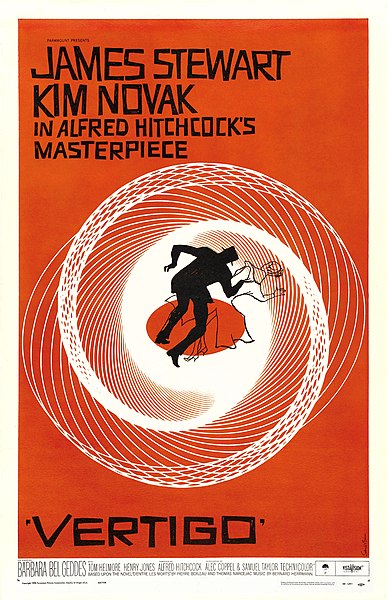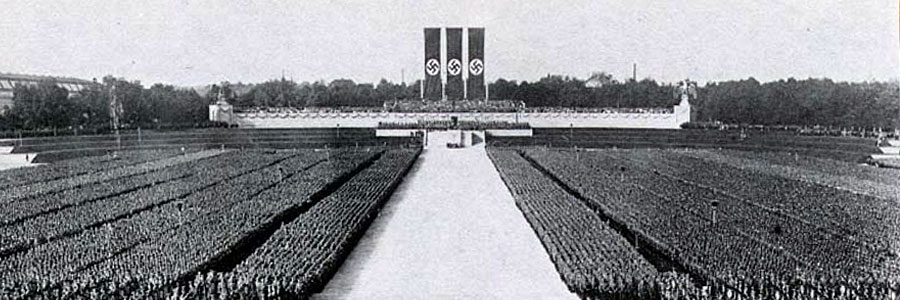The Skyscraper

(photos by dianne curtis / all rights reserved)
The Skyscraper
...was America's contribution to architecture. Did you know that in
order to invent the first skyscrapers, we had to invent the elevator
first? That makes sense...right? The Romans could have invented
skyscrapers but buildings that were taller than 5 stories were not
logical for everyday business practices.
You're looking at one of Houston's most famous and distinguishable
buildings now called Heritage Plaza. It was finished in 1987 when
Houston was suffering from the oil crunch, unemployment and premature
over-expansion so it stood as one of the last, tallest buildings to be
built in Houston for over a decade. The main architect behind the
design, (M. Nasr) was inspired by the Mayan step-pyramids he visited in
the Yucatan.
Another building with a bit of a "Dutch-Gothic" revival located in
Houston is the Bank of America Center designed by Philip Johnson and
John Burgee.
Like many of the modern skyscrapers in Houston, these buildings are so
distinctive, the skyline in this city has become famous and easily
identifiable all over the world...
but Houston has been criticized for not paying attention to the ground
level of these beautiful towering entities that dwarf anyone walking
under them. We don't really have the elaborate gargoyles or Baroque
arabesques that other cities do along the east coast but it can be
argued that Houston is a more modern city simply because it developed at
a much later time period in history.
When the first skyscrapers were designed the idea of using nothing but
reinforced concrete, steel and glass seemed disastrous. It wasn't until
the perfection of steel manufacturing. stronger glass and reinforced
concreted that allowed architects to solve all the weight distribution
problems that are included with a huge skyscraper. This is why older
cities like New York and Chicago have masonry work on the first few
stories, this was the only solution for handling the weight and
gravitational problems with building so high. As we perfected these
challenges, our buildings became prettier. One architect who taught
everyone how to really "dress up" up a building was Mies van der
Rohe...but we'll talk about him on another day.
 One of my favorite designers from the 60s is Saul Bass. I can't help but elp but hear that 60's 'modern' jazz when I see this poster shown above. I also hear the James Bond theme song because he designed some of the Bond movies as well.
One of my favorite designers from the 60s is Saul Bass. I can't help but elp but hear that 60's 'modern' jazz when I see this poster shown above. I also hear the James Bond theme song because he designed some of the Bond movies as well.




